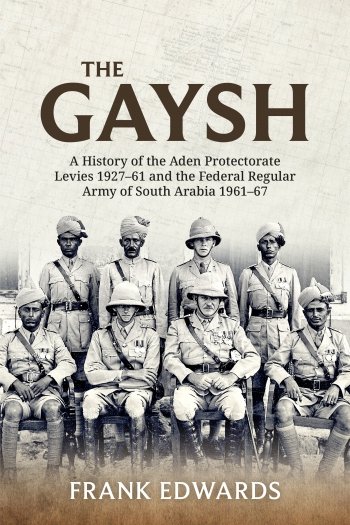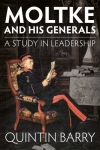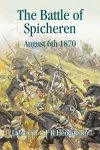-
Załączniki bezpieczeństwa
Załczniki do produktuZałączniki dotyczące bezpieczeństwa produktu zawierają informacje o opakowaniu produktu i mogą dostarczać kluczowych informacji dotyczących bezpieczeństwa konkretnego produktu
-
Informacje o producencie
Informacje o producencieInformacje dotyczące produktu obejmują adres i powiązane dane producenta produktu.HELION
-
Osoba odpowiedzialna w UE
Osoba odpowiedzialna w UEPodmiot gospodarczy z siedzibą w UE zapewniający zgodność produktu z wymaganymi przepisami.
The Gaysh tells the story of the emergence of an army following early attempts to protect the trade routes in and through Aden. From the first commercial treaty with the Abdali Sultan in 1802, various efforts were made to avoid looting, leading to the annexing of Aden Port by the East India Company in 1839. It was not until the Turks threatened to invade in the First World War that a regular army unit was formed. The 1st Yemen Infantry did not see action, and there was a move, on financial grounds, to disband it in 1928. Because a need remained, the decision was taken to replace its policing role by airpower, supported by a small force of levies to defend the bases, including a camel corps.
The book takes that story on, chronologically, through the Aden Protectorate Levies’ growing strength and its relationship with the British Government and its policies. It includes its part in the Silver Jubilee celebration parade in 1935, pre-1939 military operations, its role in the Second World War, its involvement in the evacuation of the Jews following the Arab/Jewish riots in Crater in 1947, and on to the creation of the Federation and the withdrawal of the British Army in 1967.
Although there are a number of books written on the story of Aden and South Arabia generally, there is no other coherent history of the army that the British created to serve it. The author was an intelligence staff officer in Aden in the 1960s, and thus had a particular insight into developments. The book contains soldiers’ views of the terrain and people of Aden and its hinterland, from flyblown dusty roads to air-conditioned offices, and is a living book about living people, people of their time and of their situation. From the hum-drum of a recruit’s hair-cut to the first death in action, it recreates a time and a world that have passed forever.








